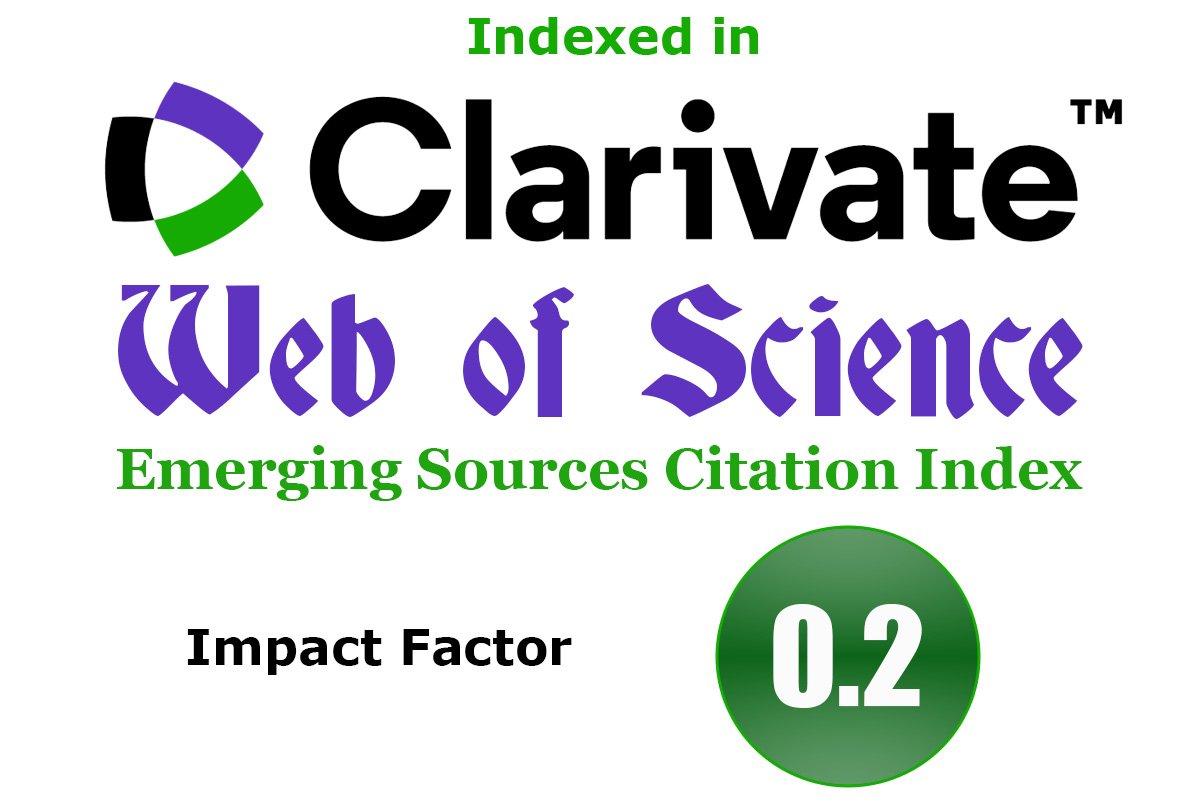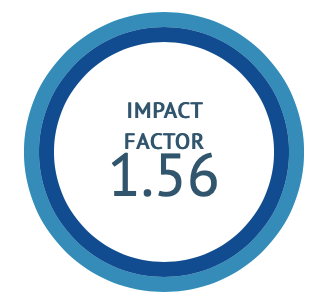In-Silico Prediction of Phytoconstituents from Manilkara hexandra for Antidiabetic Activity targeting LRH-1
DOI:
https://doi.org/10.47552/ijam.v16iS2.6278Keywords:
In-silico, Manilkara hexandra, Antidiabetic Activity, 4DOS, Discovery studioAbstract
Objective: A complex metabolic condition known as diabetes mellitus is caused by either inadequate or dysfunctional insulin. Once more, medicinal plants are being researched for the treatment of diabetes. Prototypical compounds found in medicinal plants have been the source of many conventional medications. In-silico testing of Manilkara hexandra phytoconstituents for antidiabetic efficacy was a part of our investigation. Design: Utilizing Discovery studio, molecular docking is done to assess the pattern of interaction between the phytoconstituents from the Manilkara hexandra plant and the crystal structure of the antidiabetic proteins (PDB ID: 4DOS). Later, SwissADME and pkCSM were used to screen for toxicity as well as the pharmacokinetic profile. Results: The docked results suggest that Quercetin (-8.8 kcal/mol),Kaempferol (-8.2 kcal/mol), P-coumaric acid (-6.3 kcal/mol) and cinnamic acid (-6.2 kcal/mol), for 4DOS macromolecule has best binding affinity towards LRH-1 for antidiabetic activity as compared to the standard drug metformin (-4.8 kcal/mol). Furthermore, pharmacokinetics and toxicity parameters were within acceptable limits according to ADMET studies. Conclusion: Results from the binding potential of phytoconstituents aimed at antidiabetic activity were encouraging. It promotes the usage of Manilkara hexandra and offers crucial details on pharmaceutical research and clinical care.
Downloads
Published
How to Cite
Issue
Section
License
Copyright (c) 2025 International Journal of Ayurvedic Medicine

This work is licensed under a Creative Commons Attribution-NonCommercial-ShareAlike 4.0 International License.
The author hereby transfers, assigns, or conveys all copyright ownership to the International Journal of Ayurvedic Medicine (IJAM). By this transfer, the article becomes the property of the IJAM and may not be published elsewhere without written permission from the IJAM.
This transfer of copyright also implies transfer of rights for printed, electronic, microfilm, and facsimile publication. No royalty or other monetary compensation will be received for transferring the copyright of the article to the IJAM.
The IJAM, in turn, grants each author the right to republish the article in any book for which he or she is the author or editor, without paying royalties to the IJAM, subject to the express conditions that (a) the author notify IJAM in advance in writing of this republication and (b) a credit line attributes the original publication to IJAM.





